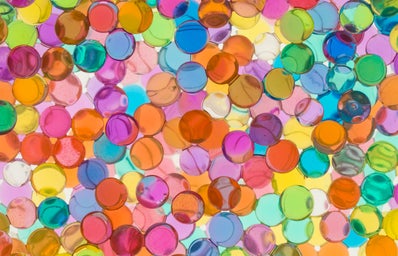Traditionally, embroidery is seen as a “feminine art”. It has been discredited, and confined to the home as a domestic craft, rather than an art form. Recently, feminists across the globe have been working to change this.
I turned to embroidery as a way to deal with my anxiety and stress after the recent presidential election. The rhythmic and methodical action was relaxing, calming, and kept my mind off of the emotions I was feeling. Not to mention the therapeutic nature of stabbing something hundreds of times.
Embroidery as a craft began hundreds of years ago as something for women to spend their time on, creating functional, utilitarian pieces for their home and family. These pieces were commonly curtains, napkins, and tablecloths in ornate floral patterns. Today, embroidery is attempting to break from this mold, and enter into the world of traditionally accepted fine art.
One of the most prevalent movements in embroidery, and crafting in general, is feminist art. Subject matter ranging from stretch marks to cat calls, to messages of self-acceptance and feminist slogans. These pieces and the artist creating them are working to transform the medium and the history associated with it.
Hannah Hill is one of the women at the forefront of this movement. Her work focusses on feminist ideas, self-acceptance through line work, and pop-culture. She creates work in many forms, but recently her embroidery has achieved fame through her rendering of the “Arthur” meme, included below. She describes herself as an “embroiderer, feminist…mental health awareness, body positivity and grime lover”, and shares these messages across many platforms.
- Tumblr: http://hanecdote.tumblr.com/ask
- Twitter: https://twitter.com/Hanecdote
- Youtube: https://www.youtube.com/channel/UCitOQCiQK4WamkGvBYYoqqQ?app=desktop
- Website: www.hanecdote.bigcartel.com
So you may be thinking, “Yeah, this is cool art, but I could never do it.” But that, my friend, is where you are wrong. Embroidery is one of the easiest art forms to take up and is a great way to fill time in between classes, waiting for meetings, or just relaxing after a long day. Below is a list of some common stitches and how to do them, as well as some other tips I’ve picked up.
Running Stitch
The running stitch is perfect for line work. To create, push the needle in and over the fabric in the desired stitch length, repeating until the line is done.
Backstitch
This stitch creates a solid line and works well for borders. Pull the needle through the fabric, create one stitch forward, and place the needle, on the underside, at the desired stitch length, push through and pull the needle back to the underside at the end of the first stitch.
French Knots
This stitch is great for adding texture. To begin, push the needle through the fabric to the front side, wrap the floss around the needle for the desired size of the knot, and push back through near the start of the knot.
Fern Stitch
This stitch begins just like a back stitch, however, before creating the next stitch, add two lines diagonally away from the main stitch, creating a fern-like leaf stitch.
While these stitches in no way encompass all the useful stitches embroidery has, they are a great place to start. One of the beautiful things about embroidery is the ability to free-form however you would like, so feel free to create your own stitches, or modify ones you’ve found.
To begin embroidery, you not only need to know some stitches, you need materials. You will be able to get any of these materials at almost any craft supply store. But if you’re in Eugene, MECCA (Materials Exchange Center for Community Arts) on 5th Street is a wonderful place to find all the inexpensive hoops, needles, thread, and fabric you could need. So get out there and take reclaim the “women’s work”. Happy crafting!


